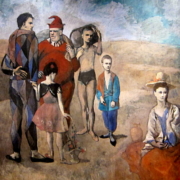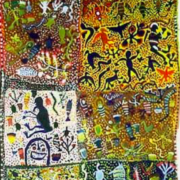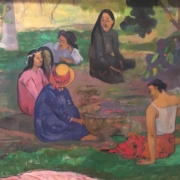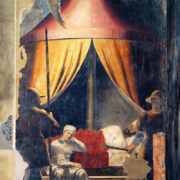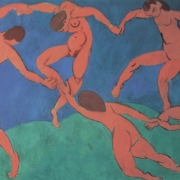Dreams in a group session: telling a dream as an instrument to develope one’ s own individuality
Abstract
In this paper some reflections will be formulated about a possible use of the dream as a useful tool to understand and have a view on the state of individual mind, related to group work, in a brief number of sessions of a psychotherapic group, managed in a Psichiatric Public Clinic. Then the process of telling dreams within a group, seems to bring meaningful traces of such an immersion in the inter-subjective plot, which I consider our original condition of being in the world as humans. Within a group, such a plot is alive and present, can be seen, listened, and this experience facilitates a possibility to gather access to personal, remote memories, and touching such ancient roos seems to allow a significant Read more

